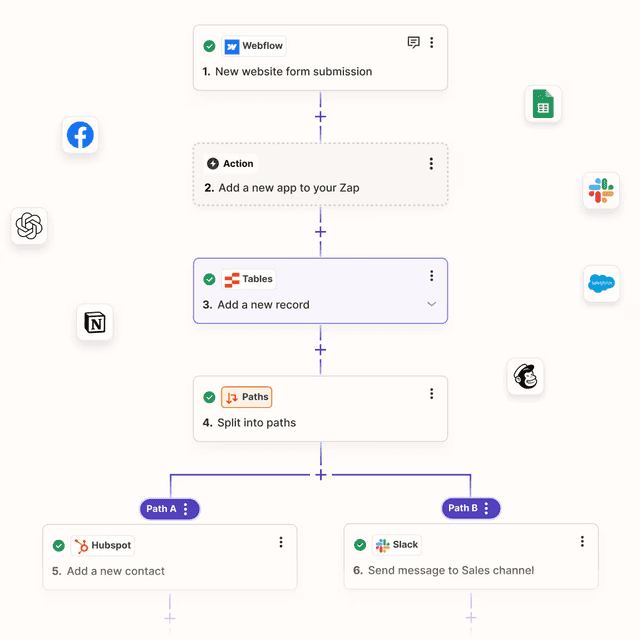Navigating Corporate Venture Building
Introduction
Corporate venture building is a wild ride. It’s about navigating hidden challenges and unexpected pitfalls along the way. Below I share some key insights from the experience in building a venture within a corporate setting.
Culture Matters
Your company’s culture sets the stage. In an environment where openness and transparency reign, teams are encouraged to take risks, fail fast, and learn even faster. On the flip side, if you’re rooted in a traditional corporate culture with heavy governance and rigid processes, every decision becomes a calculated risk. While that can minimise the impact when issue arises, it often slows progress. I’ve seen projects that could have soared if only they’d been given room to experiment.
Funding Cycles and the Pressure of Quarterly KPIs
One of the biggest challenges in corporate ventures is the short funding cycle. In my experience, quarterly KPI reviews force teams to validate their business model against desirability, feasibility, and viability metrics. With funding tied to targets like revenue, customer satisfaction, and NPS, there’s constant pressure to deliver quick wins. This means:
- Hiring budgets and resource planning become short term.
- Tools and infrastructure must be flexible and available on a monthly billing cycle.
- Offshore hiring is often preferred to internal hiring.
The key is to plan for both the worst case (venture fails) and the best case (venture thrives). Opting for flexible options, such as contracted offshore hires, allows you to scale up or down based on the actual funding cycle. Using contracted offshore hires allows us to adapt quickly based on our funding status.
Similarly, selecting hyperscalers like AWS or Azure gives us the freedom to experiment and scale our infrastructure in line with our functional and non-functional requirements. This strategy has often been our safety net, ensuring that we don’t overcommit resources when the future is uncertain.
Communication and Leadership
How we communicate directly influences our product’s success. In a corporate setting, a top-down approach is common, but it often skews priorities towards what upper management wants rather than what customers truly need. Balancing user value, business value, and technical value is crucial. While agile methodologies encourage iterative progress, small sprint-by-sprint features might not always reflect the broader strategic vision. That’s why clear communication and agile artifacts, like a well crafted product roadmap with clear epics, are essential. I found that leadership that listens and communicates effectively can overcome many of these hurdles.
Any organization that designs a system (defined broadly) will produce a design whose structure is a copy of the organization’s communication structure.
— Conway law
Trust and Team Autonomy
Trust is the glue that holds a fast moving venture together. I’ve seen that when team members that are trusted to do their jobs minimizes the need for constant meetings and lengthy catch ups. This autonomy encourages risk taking and fosters rapid personal and professional growth.
In an environment where everyone feels accountable and empowered, the entire team can move faster and more confidently toward success. To enable this autonomy, it’s essential that every team member actively contributes to cultivating a culture of psychological safety.
One key factor in autonomy is how we structure team communication. I see two main approaches: centralized and decentralized decision-making.
- Centralized communication means looping everyone into meetings and making decisions through consensus. The benefit? We get diverse feedback from different backgrounds, often leading to creative solutions. The downside? It’s time-consuming. If we translate this into cost per hour, it would be n number of people × hours of meeting—which scales linearly as meetings grow longer and more crowded.
- Decentralized communication keeps meetings small, involving only the most relevant people to make decisions quickly. The advantage is speed and lower meeting costs. The risk, however, is making decisions from a narrow perspective, missing insights that other stakeholders could provide.
I believe decentralization is the way to go, but only if we design it carefully. It requires including team members who have constant communication with other stakeholders, ensuring that decisions reflect the broader picture. Additionally, when we collect enough data, we can incorporate data-driven decision-making into this decentralized model. This way, we maintain speed while making unbiased, well-informed choices.
Ultimately, this approach reinforces trust in the team — trust that smaller groups can make the right calls without unnecessary overhead. And when trust is strong, execution becomes faster, leaner, and more effective.
Technical Literacy and Automation
Technical knowledge is a must have for every team member. When everyone, from marketing to operations, has a basic understanding of the tools and technologies we use, communication becomes smoother and decisions faster. Rather than hiring more people to handle technical tasks, automation serves as our first line of defense.
For example, we successfully automated our onboarding process using general automation tools like Zapier. Since our product team had enough technical knowledge, they were able to set it up without relying on engineering resources or building an in house solution from scratch. Instead of spending time and effort on custom development, we outsourced the utility task to Zapier while keeping our engineering team focused on building more strategic, high value business features. Had our team lacked technical literacy, we might have been forced to build a custom solution, adding unnecessary complexity and slowing us down.
This proves that when teams are technically literate, they can move faster, reduce dependencies, and make smarter decisions about when to build and when to leverage existing tools. Continuous technical training and awareness keep our processes lean and efficient.
Data, Analytics, and Quarterly Reporting
In our world, data is the heartbeat of every decision. Every quarter, we spend about a month preparing surveys, analytics, and case presentations to prove our progress and secure the next round of funding. This rigorous data collection not only validates our approach but also highlights whether a feature or a whole venture is worth pursuing further.
A centralized data structure and a dedicated event tracking system are non-negotiable; without accurate data, even the best ideas can falter.
Compliance and Governance
One of the most challenging aspects of corporate ventures is balancing innovation with compliance. Unlike startups, corporate ventures carry the weight of an established brand. This means every decision must be made with security and compliance in mind, which often at the cost of speed.
For example, every software we use has to go through a risk assessment process. But what if a particular tool only impacts our venture’s productivity and doesn’t affect the company’s broader user base? Should we still follow the global compliance process, or could we establish our own risk assessment framework for such cases? This is the kind of friction that can slow down venture-building efforts.
The trick is to segregate the venture from the larger corporate entity, by limiting its scope and risk exposure, so that you can move quickly without compromising on the corporate risks. Finding ways to apply compliance policies selectively, based on the venture’s unique risks, can help maintain both speed and security.
Choosing the Right Projects for Venture Building
Not every project is ripe for venture building. If a project demands a long term commitment, faces negative ROI in its initial cycles, or relies on external forces like public education (think recycling programs), it might not be the best candidate.
We have learnt that ventures should focus on projects where rapid iteration, clear KPI tracking, and agile adjustments are possible. This focus helps avoid investing too heavily in initiatives that are unlikely to meet the fast paced KPI requirement of a corporate venture.
Embracing AI: Opportunities and Limitations
AI is transforming every industry, and our venture building is no exception. While AI tools, like language models such as ChatGPT, can significantly enhance user experience and reduce costs, they aren’t a one-size-fits-all solution.
For example, using an LLM for image generation may not be as efficient as employing a specialized model like diffusion Unet. The key is understanding the strengths and limitations of each AI tool and integrating them in ways that genuinely support your venture’s strategic goals while adding business value.
Conclusion
Navigating the corporate venture landscape is about balancing risk with agility and maintaining a clear vision. By understanding your company’s culture, planning for short term pressures, team communication style, and choosing the right projects and tools, you can avoid the hidden land mines that can potentially slow you down.
However, every venture is a learning experience, by embracing the challenges we can build something truly remarkable.



